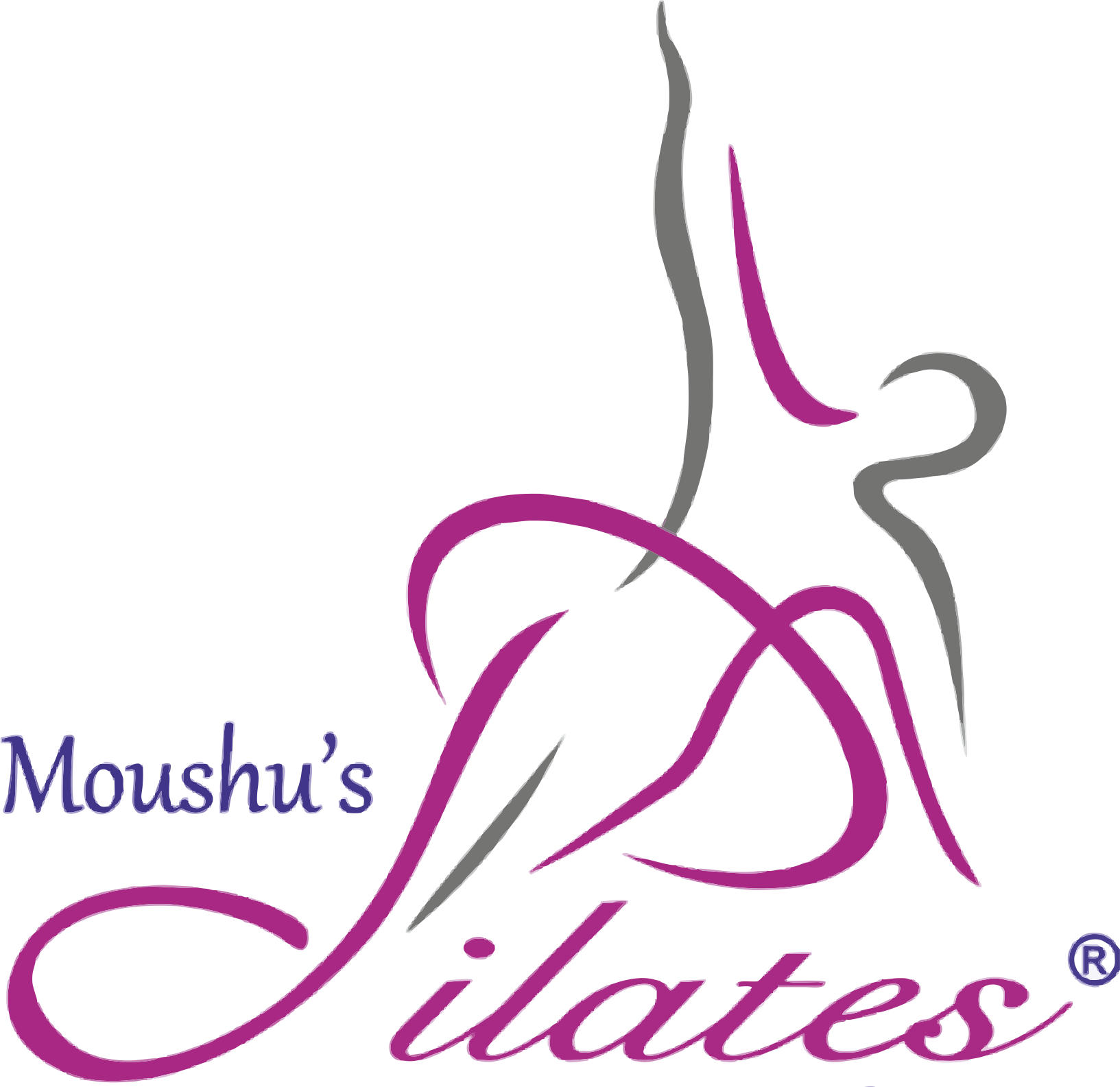Tennis Elbow: Rehab Pilates

We all have heard of ‘Tennis Elbow’ and assumed that only sportspersons are susceptible to it. But did you know that it is a misnomer? Anyone from painters, carpenters, and butchers to cooks, auto workers and even office workers can get a Tennis Elbow. In this blog, we shall understand what exactly a Tennis Elbow is, how to prevent it and how to overcome this condition, through a case study.
What is Lateral Epicondylitis or Tennis Elbow
Tennis Elbow or Lateral Epicondylitis is an inflammation of the tendons that join the forearm muscles on the outside of the elbow. This pain originates from the lateral epicondyle of the humerus, hence the name. Five muscles that go into the wrist join at the common extensor origin. Inflammation occurs when these muscles are overused by repeated actions like lifting, gripping, or grasping with your hands.
Lateral Epicondyle usually occurs in the dominant hand of a person. Symptoms of Tennis Elbow can include elbow pain, a weak grasp, and pain in the back of the hand especially when the forearm is pronated, like in the backhand serve of tennis. Activities like gripping and lifting a cup, turning the door-knob, using a key, wringing clothes or even typing become painful. This happens because eccentric control is lost as the supinator is weak. The swollen extensors do not allow controlled pronation.
Rehab for Lateral Epicondylitis
The first step is taping to offload the tendon. Then we progress to aligning the head of the radius bone and soft tissue release of the extensor forearm muscles. A rehab Pilates program for lateral epicondylitis includes controlled wrist flexion and extension, controlled wrist supination and pronation, bicep curls and supinator stretch.
A certain percentage of forearm and elbow pain can originate from the neck. A client with lateral epicondylitis may have cervical spine irritation as well. When the fulcrum of the arm or the scapula is not well positioned on the thoracic spine control in the upper extremities is weak. That’s why rehab for the elbow is incomplete without scapula thoracic rehab.
Case Study
A few months back a 43-year-old lawyer came to us at Moushu’s Pilates with elbow pain. He was a regular at his club, where he played badminton every Saturday and Sunday for 3 hours each. When the pain first occurred, some people encouraged him to wear an elbow brace. He wore that and continued playing his weekly game. After a while, the pain became so bad that he couldn’t even turn a page at work or move his computer’s mouse. His work was suffering as he couldn’t even write without pain shooting down his forearm into his fingers.
On examination, we found swelling at his common extensor origin. His wrist extension and grip could be scored 3 on a scale of 5. We began this treatment by taping and giving him some anti-inflammatory medicines. We worked on flexion and extension of the wrist, supinator stretch and soft tissue release. When he came back after a week, we retaped his elbow and worked on the mobilization of the radial head along with bicep curls with a theraband. In two weeks, ninety per cent of his strength was back. He could supinate and pronate his forearm and do his daily activities without pain. However, he had not played badminton for a while and gripping anything hard was painful. Thus, we made him do ball exercises on the wall, serratus anterior theraband exercises, opposite arm reach on all fours and scapula mobilization.
After another week, we asked him to play for once a week for an hour while we progressed his rehab to scapula thoracic work, pronation with the theraband and flexion extension to increase supination. This client is still on the Pilates program with us as he found it beneficial for his game and his daily functions.
Conclusion
Injuries caused by overuse can be avoided if we supplement our regular functions with an exercises program that balances the muscles out. Not only is Pilates good for Rehab for the elbow, but it can also even prevent sportspersons and others who use their hands for their trade from affecting their work. As we work on concentric and eccentric control along with targeting smaller muscles, ligaments, tendons and fascia, Pilates becomes the solution to most problems. Join us for a class from anywhere in the world to experience the benefits of Pilates yourself.
Check online and offline class schedules here.
A writer and Pilates instructor by profession, and a lawyer by education, Tarannum is passionate about art, travel, fitness and food. She has been practicing Pilates for the past five years at Moushu’s Pilates Studio and has experienced the transforming effects of it on her body, firsthand.
